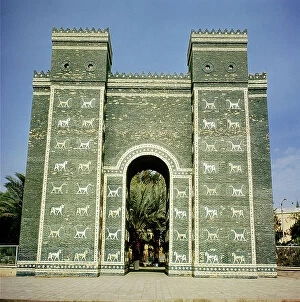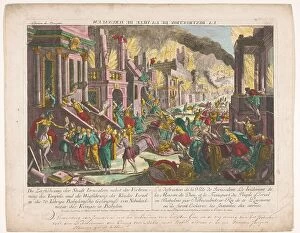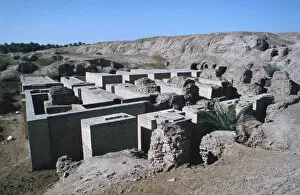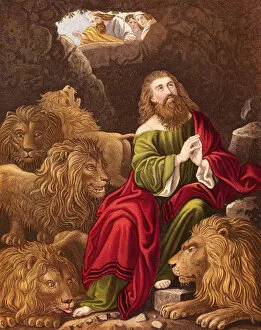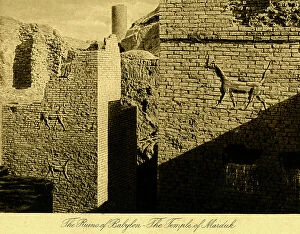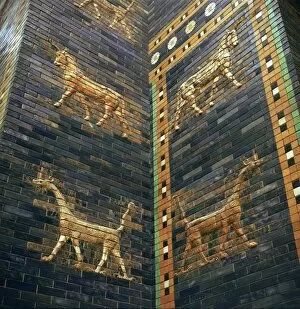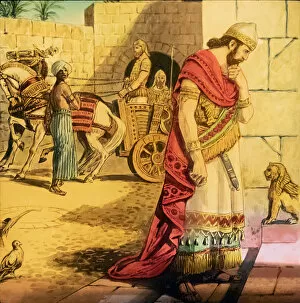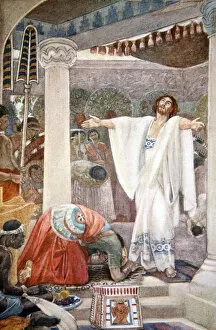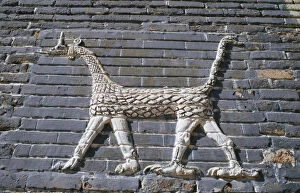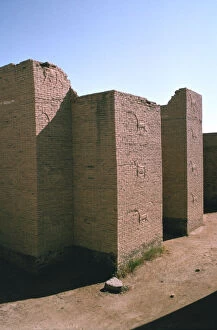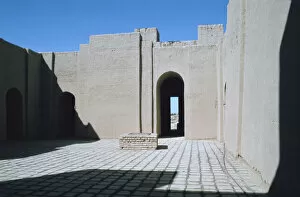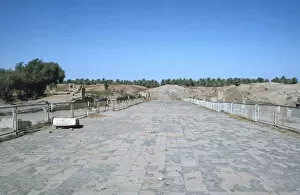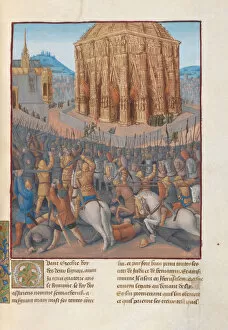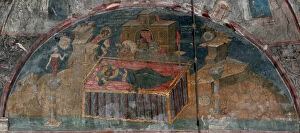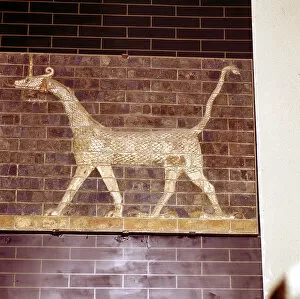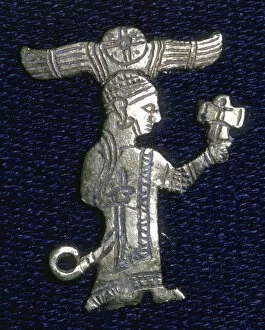Nebuchadnezzar Ii Collection
Nebuchadnezzar II, the mighty king of the Neo-Babylonian Empire, left an indelible mark on history
All Professionally Made to Order for Quick Shipping
Nebuchadnezzar II, the mighty king of the Neo-Babylonian Empire, left an indelible mark on history. His reign in the 7th century BC was characterized by grandeur and conquest, as depicted in moulded bricks from the Ishtar Gate showcasing fearsome lions and mushrushu. One of his most famous tales is that of Daniel in the Lions Den, a testament to his power and divine intervention. This formidable ruler's military prowess is evident in depictions such as "The city of Tyre besieged by Nebuchadnezzar II, " illustrating his relentless pursuit of dominance from 586-573 BC. The Colossus Monarchic Statue Danielis further immortalizes him as a figure of authority during this era. Nebuchadnezzar II's conquests extended beyond Tyre; he also laid siege to Jerusalem twice - first in 597 BC and later resulting in its complete destruction in 586 BC. Engravings like "Siege of Jerusalem" provide glimpses into these historic events, while folios depicting the attack and taking of Jerusalem offer vivid accounts. Despite his mightiness, Nebuchadnezzar II faced personal challenges too. Paintings like "Nebuchadnezzar's madness" portray moments when he lost touch with reality around c. 1680 AD. However, there were instances when he regained sanity, symbolized beautifully by Robert Blyth's artwork titled "Nebuchadnezzar Recovering His Reason. " Artists throughout history have been captivated by Nebuchadnezzar II's story: Rembrandt Harmensz van Rijn captured a pivotal moment with "The Image Seen by Nebuchadnezzar" (1655), showcasing his prophetic visions. Lastly, remnants like the Palace of Nebuchadnezzar stand today as desolate ruins, a testament to the once-mighty Babylon.

